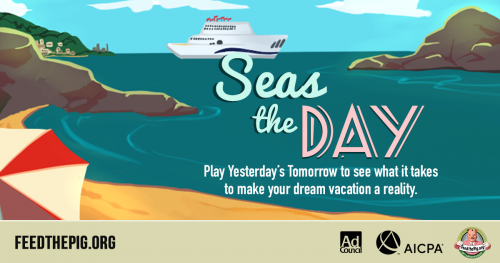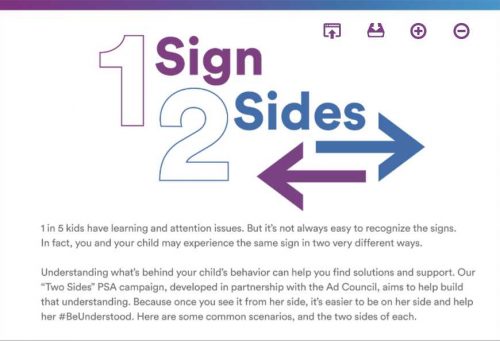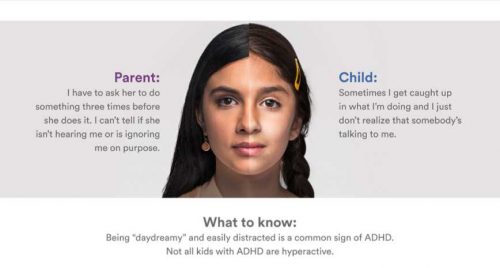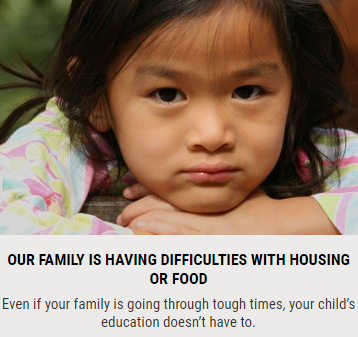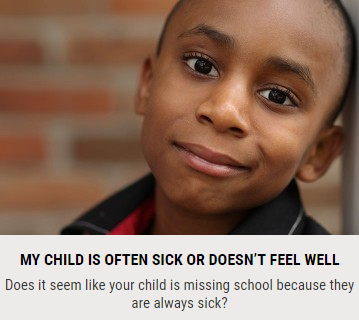
When we reach a certain stage in our lives, it can be easy to slip into a routine. We get so used to our jobs, social circles and general lifestyle that we repeat the same things over and over again. Day in and day out. Week by week, month by month, year by year. It’s not surprising that things can quickly get dull. One of the main things that people tend to miss as they age is self-improvement. But it’s never too late to participate in this! Here are a couple of areas to consider that might suit you surprisingly well!
Higher Education
Higher education is a venture that people generally associate with individuals aged eighteen to twenty-five. We assume that anyone on a university campus over the age of thirty must be a lecturer, professor, or another member of staff. But you should always bear in mind that higher education is open to anyone. In fact, mature students tend to contribute significantly to the overall student population of any given institution. Now, individuals who are considering pursuing higher education at a later point in their life generally fall into one of two categories. There are those who simply want a qualification to add to their resume, and then there are those who want to continue their studies for the love of the subject. Either way, they are likely to immerse themselves in an experience that significantly expands their knowledge or understanding of their given area of study. So why not join their ranks? Not only will you leave with a certificate, but you will have a vast amount of knowledge that can be put to good use both in your day to day life and your chosen career. If you have concerns about fitting it around your lifestyle, don’t worry. Where there’s a will, there’s a way. There are plenty of online courses available, such as an online mba in accounting, which allow you to study around your job or other commitments. Alternatively, you could participate in a part-time course. Sure, it will take longer to graduate, but this is a less intense approach that you might like to consider!
Picking Up a Second Language
English is such a widely spoken language that many of us will think that there’s little use in picking up any other language. But there are so many benefits that come hand in hand with speaking languages besides your mother tongue. If you have an affinity with another culture or take trips to another non-English speaking country regularly, you really could immerse yourself in the experience by being able to communicate with others in their native language. There are plenty of options out there that can help you to achieve this. While face-to-face lessons may be the most effective, not all of us have the time to participate in them. Why not consider language learning apps and programmes such as Duolingo or Rosetta Stone?
These are just two areas of self-improvement that you could consider. The options available to you out there are limitless! So find something that you’re interested in and dive in head first!






